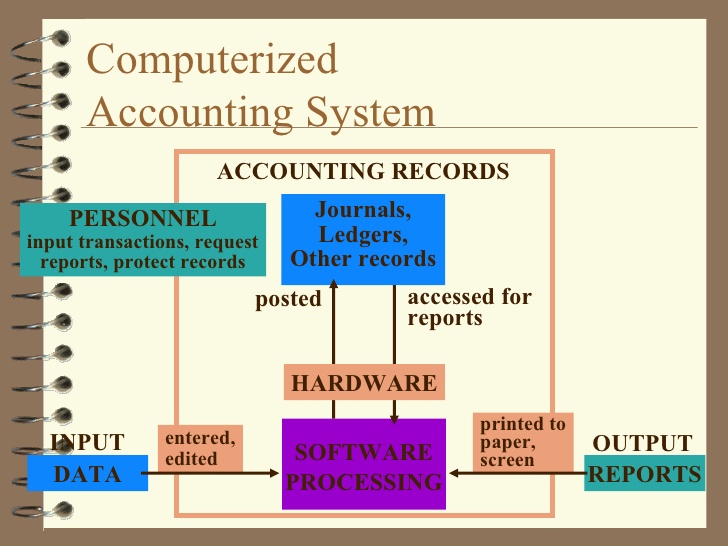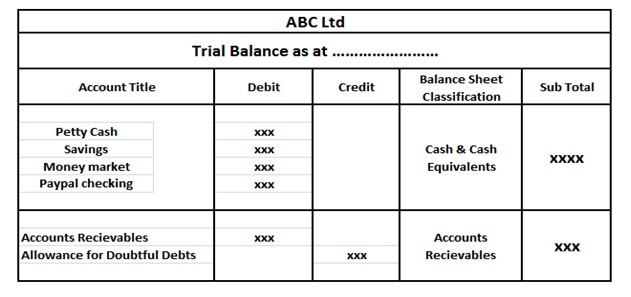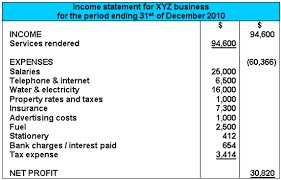
Every organization needs good records that show where its money comes from, where it goes, and how the organization is performing financially.
The system used for this purpose is called the organization's accounting system.
Until recently, much of the work in keeping accounting records was drudgery. It involved copying numbers from one form to another, adding up columns of numbers,
summarizing these numbers, and constantly double-checking to prevent errors. With the introduction of computers, large companies could free their bookkeepers
from much of this drudgery. The computer did the copying, adding, summarizing, and error checking more quickly and less expensively than the bookkeepers whom it replaced.
Microcomputers are now so inexpensive that even a small organization--one in which the manager does the accounting personally,
perhaps with some part-time help--can now obtain these advantages. However, computers only do this work if they are properly programmed.
A good program lets the computer take over the drudgery of accounting for you. Once you have entered the information,
the computer rearranges and summarizes it so you can understand what has happened in your organization.
Computers perform this work much faster than a person. Equally important to speed is the computer's ability to operate without making mistakes. In a manual accounting system, errors occur in copying numbers from one place to another and in adding or subtracting. As a result, the bookkeeping task is not finished (or "the books will not balance") until these errors are located and corrected. The computer does not make these errors. After you enter the data correctly, you can rely on the computer to produce accurate reports. In fact, the computer helps prevent you from making errors that often occur when entering data. Reports on how the organization has performed and how it stands financially are the end products of an accounting system. You obtain these financial statements by summarizing the detailed data entered whenever an event occurs that has an effect on the organization's financial situation. Once you decide what type of summary is most useful to you, the program produces these reports monthly, or as needed, simply by pressing a few keys.


An accounting system operates according to well-established rules, called generally accepted accounting principles. In order to record data correctly and to understand the meaning of the numbers in the financial statements, you need to be familiar with these principles. The next section is an overview of these principles. To be comfortable with your accounting system, you need to understand how the computer program operates. This overview explains the general principles that govern accounting. These principles apply generally to accounting in all types of organizations (except certain government agencies). A corner drugstore has an accounting system that differs in detail from that of Sears, Roebuck and Co., but the general principles are the same.
You also need to understand some technical accounting terms. Some of these terms have different meanings in accounting than they have in everyday use. For example, the term net worth does not mean what something is worth. You can be misled if you are not familiar with these differences. This overview contains three sections. The first describes the general principles of accounting. The second shows how you enter accounting transactions into the accounting system. The third tells how accounting information is used. To start, you need to understand three fundamental accounting ideas: (1) the accounting entity, (2) money measurement, and (3) double entry.

~ Robert N. Anthony , the Ross Graham Walker Professor of Management Control, Emeritus,
Graduate School of Business Administration, Harvard University